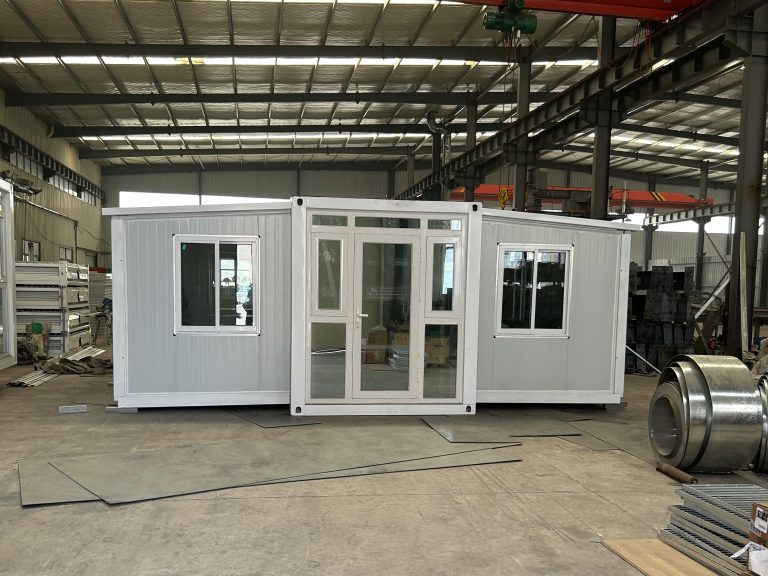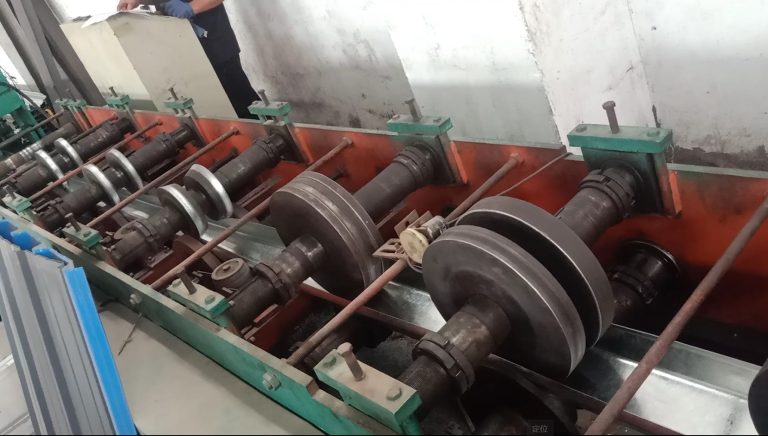Table of Contents
Expanding into New International Markets: Strategies for Manufacturer Export Opportunities
Manufacturers looking to expand their business into new international markets face both opportunities and challenges. On one hand, exporting products to new countries can open up a world of possibilities for increased sales and growth. On the other hand, navigating the complexities of international trade can be daunting and present a number of obstacles to overcome.
One of the key opportunities for manufacturers looking to export their products is the potential for increased revenue. By tapping into new markets, companies can reach a larger customer base and generate more sales. This can help to diversify their revenue streams and reduce dependence on any one market or region. Additionally, exporting can also help to increase brand awareness and recognition on a global scale, which can lead to further growth and expansion opportunities in the future.
Another advantage of exporting for manufacturers is the potential for cost savings. By selling products in new markets, companies can take advantage of economies of scale and lower production costs. This can help to improve profit margins and make the business more competitive in the global marketplace. Additionally, exporting can also help to mitigate risks associated with fluctuations in domestic demand or economic conditions.
However, despite the many opportunities that exporting presents, there are also a number of challenges that manufacturers must overcome. One of the biggest challenges is navigating the complex web of regulations and requirements that govern international trade. From customs duties and tariffs to product standards and labeling requirements, there are a myriad of rules and regulations that must be followed in order to successfully export products to new markets.
Another challenge for manufacturers looking to export is the need to adapt their products and marketing strategies to suit the preferences and needs of customers in different countries. What works in one market may not necessarily work in another, so companies must be willing to invest time and resources into understanding the unique characteristics of each market they are targeting. This may involve making changes to product designs, packaging, pricing, and distribution channels in order to appeal to local consumers.
In addition to regulatory and cultural challenges, manufacturers also face logistical hurdles when exporting products to new markets. This includes issues such as transportation, warehousing, and distribution, as well as managing supply chain risks and disruptions. Companies must have a solid logistics strategy in place in order to ensure that their products reach customers in a timely and cost-effective manner.
Despite these challenges, there are a number of strategies that manufacturers can employ to successfully expand into new international markets. One key strategy is to conduct thorough market research and analysis in order to identify the most promising opportunities for growth. This may involve working with local partners or distributors who have a deep understanding of the market and can help to navigate the complexities of doing business in a foreign country.
Another important strategy is to build strong relationships with customers and partners in the target market. This can help to build trust and credibility, as well as provide valuable insights into customer preferences and market trends. By establishing a strong network of contacts and partners, manufacturers can increase their chances of success when entering a new market.
In conclusion, while there are certainly challenges involved in expanding into new international markets, the opportunities for manufacturers are vast. By carefully planning and executing a solid export strategy, companies can tap into new revenue streams, increase brand awareness, and position themselves for long-term growth and success in the global marketplace. With the right approach and mindset, manufacturers can overcome the obstacles and reap the rewards of exporting their products to new markets.
Navigating Tariffs and Trade Regulations: Challenges Faced by Manufacturers in Exporting Operations
Manufacturers looking to expand their operations beyond domestic borders often face a myriad of challenges when it comes to navigating tariffs and trade regulations. These obstacles can significantly impact the success of their export endeavors and require careful planning and strategic decision-making to overcome.
One of the primary challenges faced by manufacturers in exporting operations is the imposition of tariffs by foreign governments. Tariffs are taxes imposed on imported goods, making them more expensive for consumers in the importing country. These tariffs can significantly increase the cost of exporting goods, making it difficult for manufacturers to compete in foreign markets.

In addition to tariffs, manufacturers must also contend with complex trade regulations that vary from country to country. These regulations govern everything from product labeling and packaging requirements to customs procedures and documentation. Failure to comply with these regulations can result in costly delays, fines, or even the seizure of goods, making it essential for manufacturers to stay informed and up-to-date on the latest trade requirements.
Another challenge faced by manufacturers in exporting operations is the uncertainty surrounding trade agreements and policies. Trade agreements between countries can have a significant impact on the ease of exporting goods, with changes in policy potentially disrupting established supply chains and distribution networks. Manufacturers must stay abreast of these developments and be prepared to adapt their strategies accordingly to mitigate any negative impacts on their export operations.
Despite these challenges, there are also opportunities for manufacturers to expand their export operations and tap into new markets. One such opportunity is the growing demand for high-quality, innovative products in emerging economies. As these economies continue to develop and consumer purchasing power increases, there is a significant opportunity for manufacturers to capitalize on this demand and establish a foothold in these markets.
Additionally, advancements in technology have made it easier for manufacturers to reach global markets and connect with customers around the world. E-commerce platforms and digital marketing tools have made it possible for manufacturers to showcase their products to a global audience and facilitate transactions with customers in different countries. This has opened up new opportunities for manufacturers to expand their reach and grow their export operations.
To successfully navigate the challenges of tariffs and trade regulations, manufacturers must adopt a proactive approach to managing their export operations. This includes conducting thorough research on target markets, understanding the trade requirements of each country, and developing strong relationships with local partners and distributors. By staying informed, adapting to changes in policy, and leveraging technology to their advantage, manufacturers can overcome the challenges of exporting operations and capitalize on the opportunities presented by the global marketplace.
In conclusion, manufacturers looking to expand their export operations face a range of challenges when it comes to navigating tariffs and trade regulations. However, by adopting a proactive approach, staying informed, and leveraging technology to their advantage, manufacturers can overcome these obstacles and tap into new markets around the world. With careful planning and strategic decision-making, manufacturers can successfully navigate the complexities of exporting operations and achieve success in the global marketplace.







